Learn about cheiloscopy and lip prints in this STEAM forensic science investigation for kids!
I have four girls, so makeup is something they always want to play with. What’s more fun for a little girl than playing with Mom’s makeup especially if Mom is okay with it? Not much!
We’ve been having fun with forensic science activities throughout this week, so we decided to continue that theme and learn about the science of lip prints and solve the investigation!
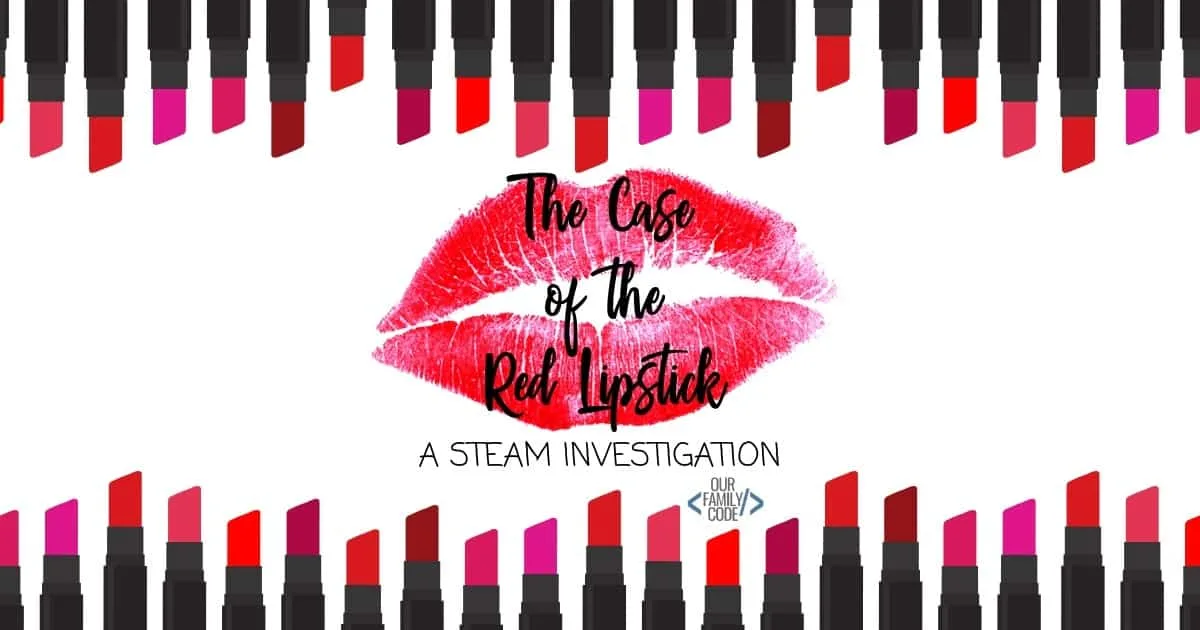
What Do We Know About Lip Prints?
Well, lip prints are like fingerprints in that they are an individual characteristic (one that is unique to each person) that doesn’t change over time.
Lip prints found at a crime scene can be compared to lip prints of a suspect. The reason lip prints aren’t used as often as fingerprints is because lips can be changed through surgery and you touch a lot more things with your fingers than your hands!
Lip prints can also be analyzed through methods like chromatography to identify which type of lipstick was used!
This post contains affiliate links. As an Amazon Associate, Our Family Code earns from qualifying purchases. Please see our Disclosure Policy for more details.
Why STEAM Activities?
STEAM is the abbreviation for Science, Technology, Engineering, Art, and Math.
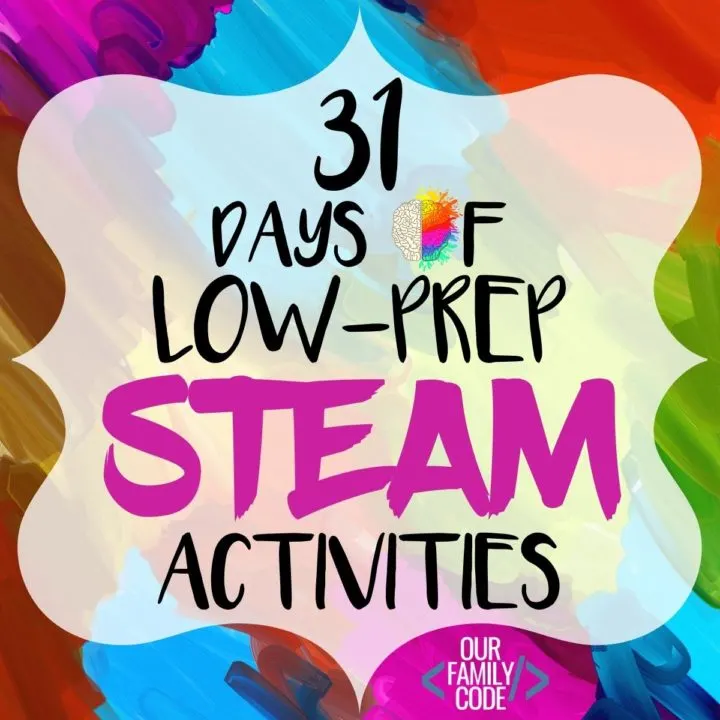
STEAM, like STEM, is an integrated approach to learning that encourages learners to make connections between the concepts they are learning and how they apply them to real-world problems.
STEAM helps students ask questions, problem solve, think creatively, and produce innovative solutions. Many schools have adopted STEAM learning activities into their curriculum, but it’s never too early to start building critical thinking skills.
We love to learn through play at our house and have a blast doing activities for toddlers all the way to tweens!
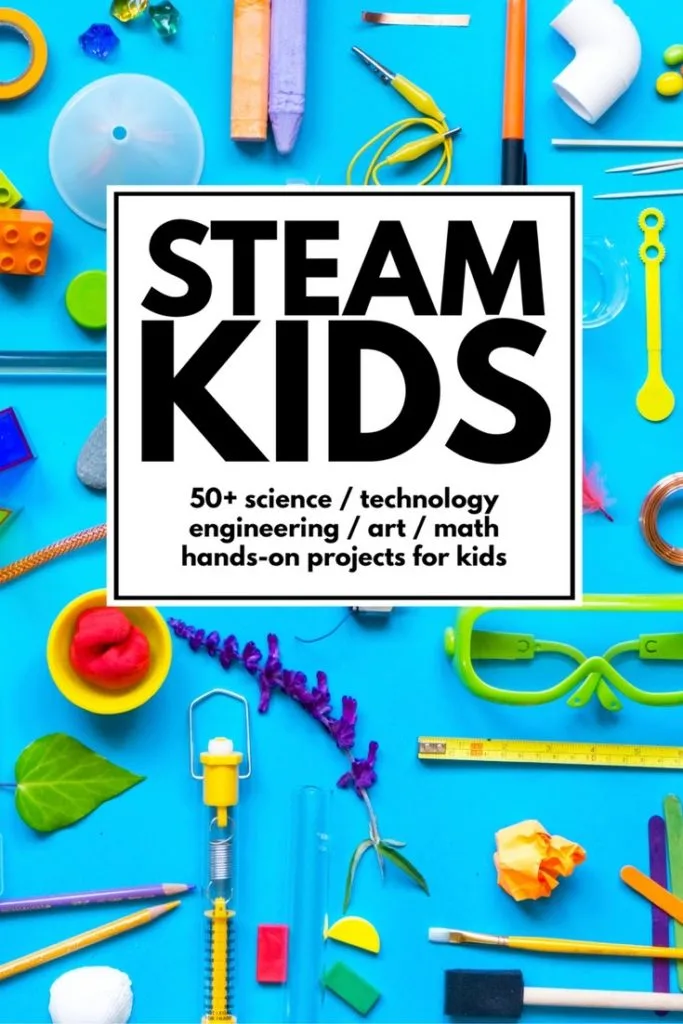
Looking for some more hands-on activities that incorporate Science, Technology, Engineering, Art, and Math (STEAM)? Then you have to check out STEAM Kids!
This book features more than 50 hands-on activities that are organized into easy to implement categories, so you know exactly what concepts your kids are learning!
Grab your copy from Amazon today or get instant access to this great book by purchasing a downloadable PDF!
Key Activity Terms
- Cheiloscopy – a forensic investigation technique that involves the identification of people based on lip prints
- Chromatography – method to separate different pigments in a substance
STEAM Forensic Science Materials
- Lipstick in different shades of red
- Coffee filters
- Paper
- Magnifying glass
- Balloon
- Makeup remover wipes or baby wipes
- Lip Print Analysis Workbook (grab this free worksheet at the end of the post!)
The Case of the Red Lipstick STEAM Forensic Science Activity
Start with trying on your lipsticks and kissing a piece of paper or using a coffee filter folded in half to make some lip prints. This was fun and not too hard to get a great print from!
You can also follow the balloon method and make a lip print on a deflated balloon. After you make your print, blow up the balloon to see your grooves in detail.
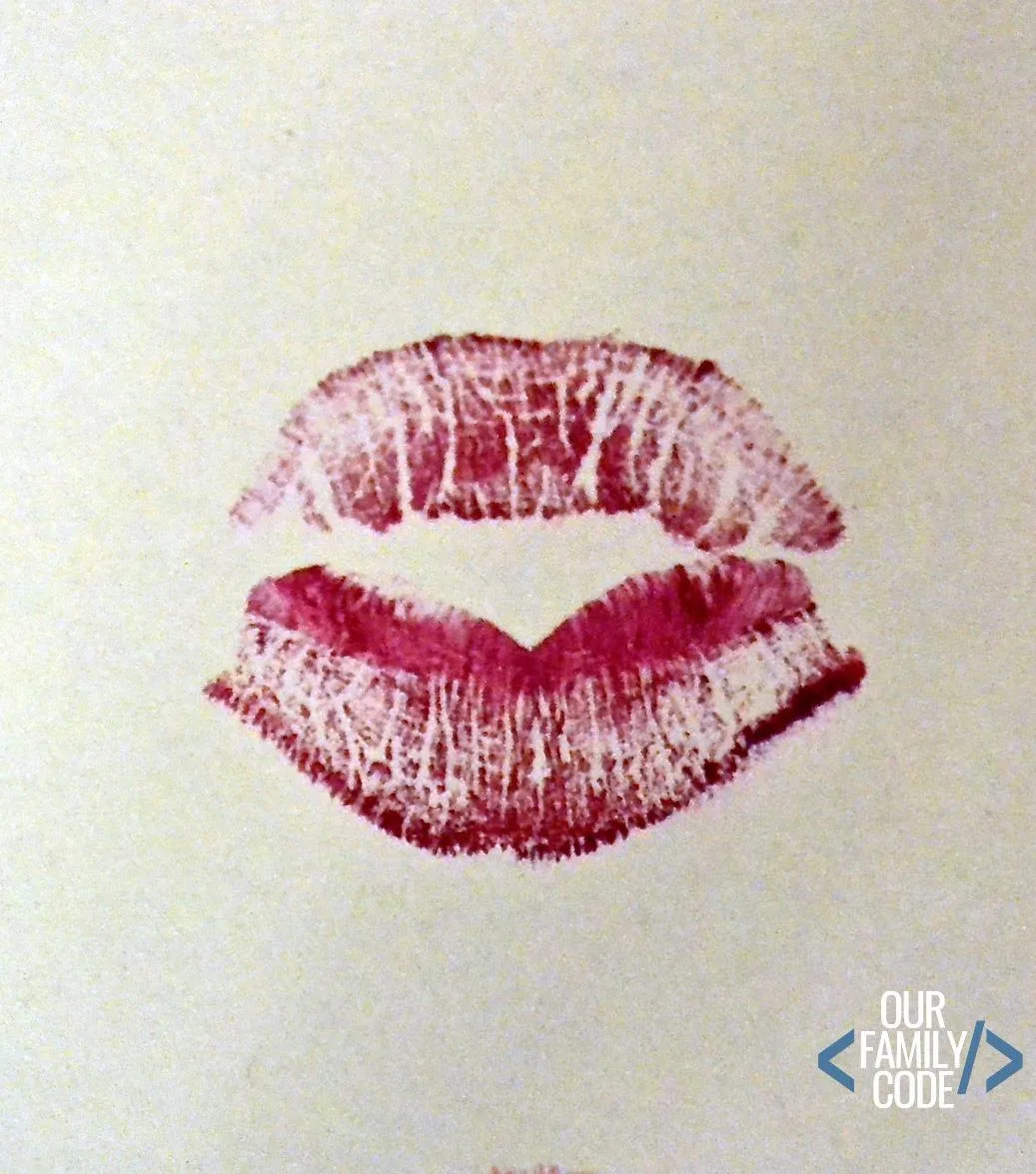
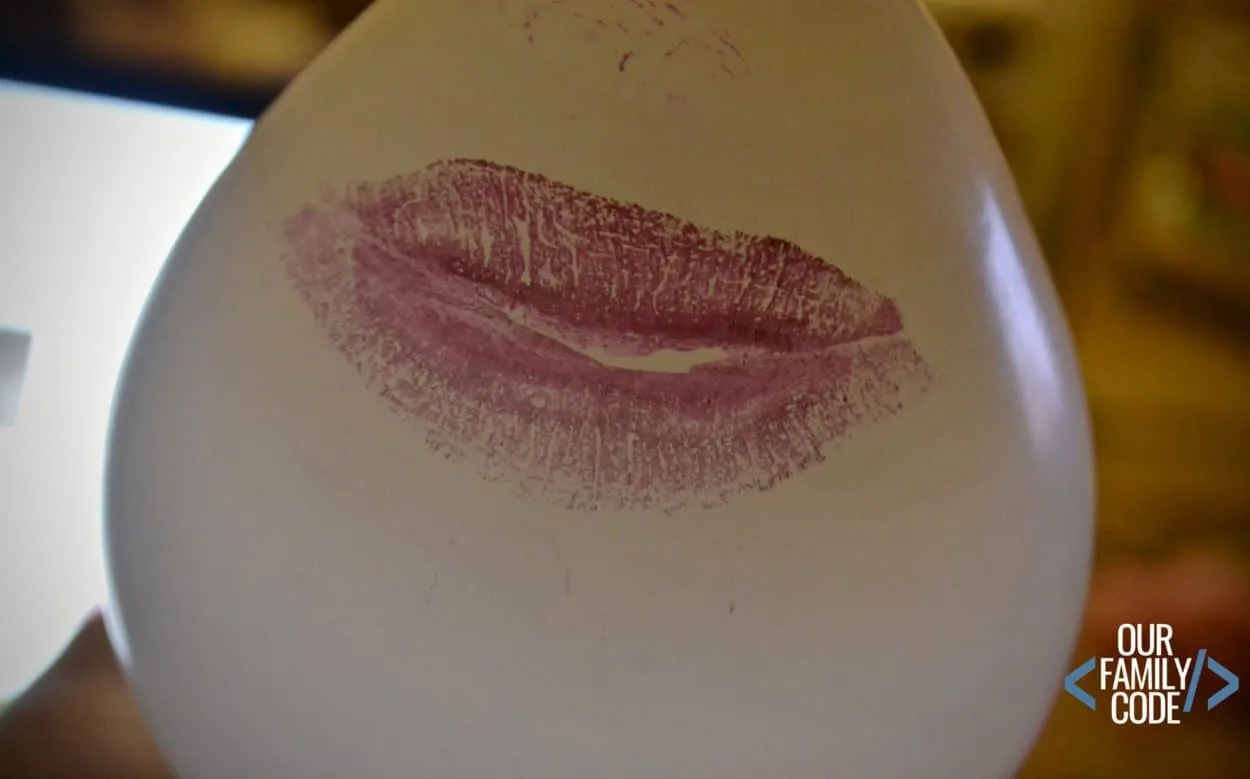
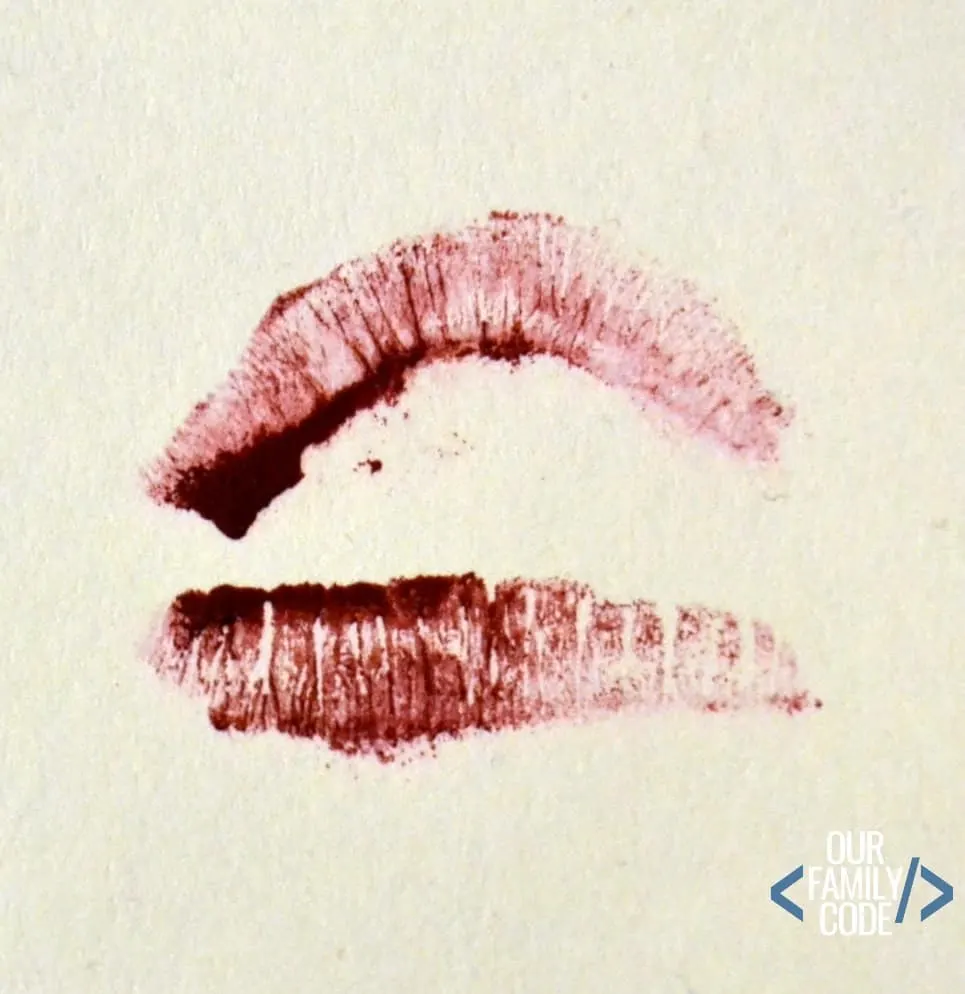
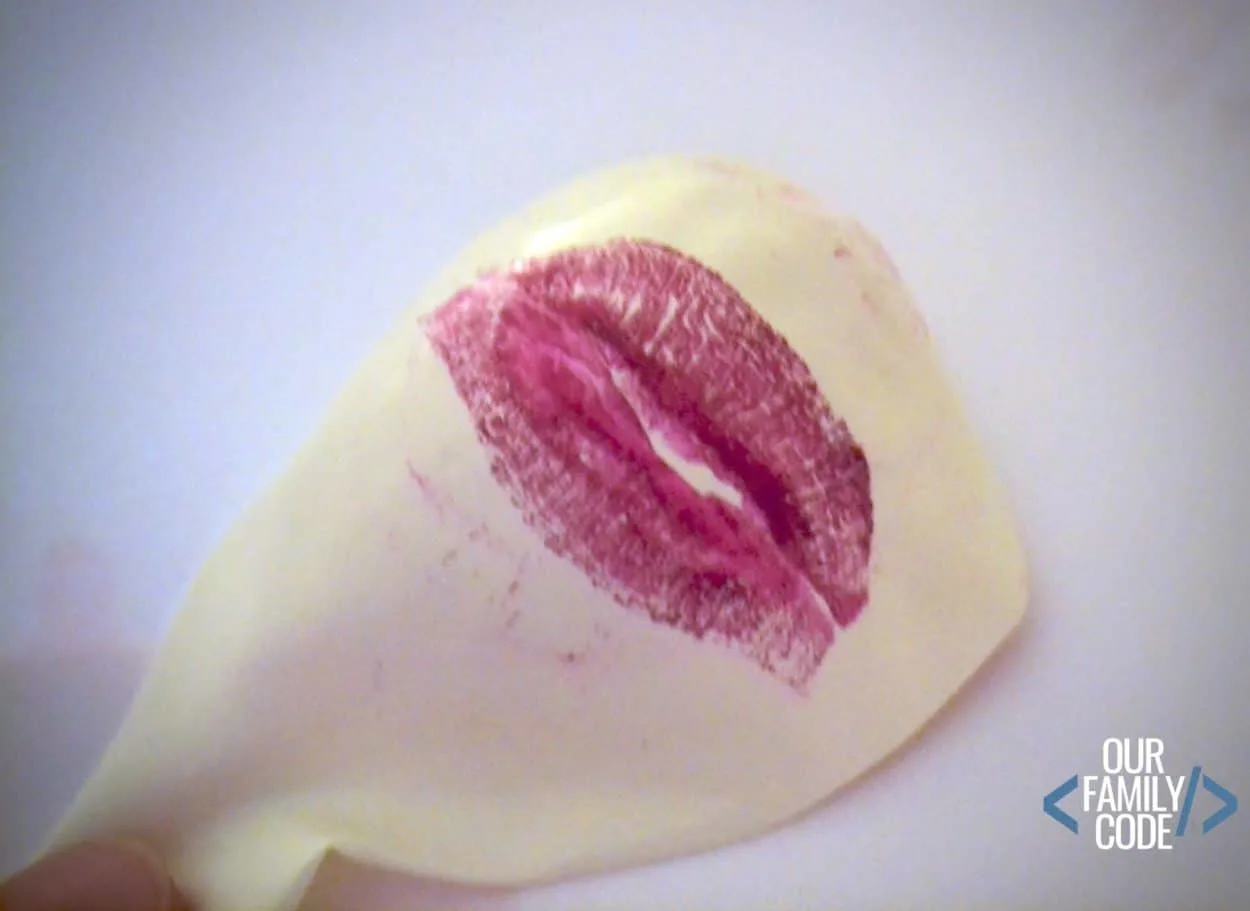
Take a look at the lip print classification types below and then examine your lip prints with a magnifying glass. What do you notice?
Draw a vertical and horizontal line through the center of your lips. This will break your lip print into quadrants to make it easier to analyze.
Now, identify the different types of grooves in each quadrant. If there are more than one type in the quadrant, mark the one that has more grooves.
You can also use the blank lip print analysis worksheet from your workbook. You’ll have to make your lip prints in the blank squares.
You can use your blank worksheet to set up your own investigation in your house. Pick one of your lipsticks and have someone play the role of the mystery lipstick thief!
CHALLENGE: The mysterious lipstick thief strikes again and left behind their lip print on the mirror, but got away with the lipstick! Find out who is behind this crime spree and what lipstick they use to leave their prints!
You can also use the sample worksheet to compare the lip prints of three different suspects to figure out who the lipstick thief is!
Who is the Lip Stick Thief?
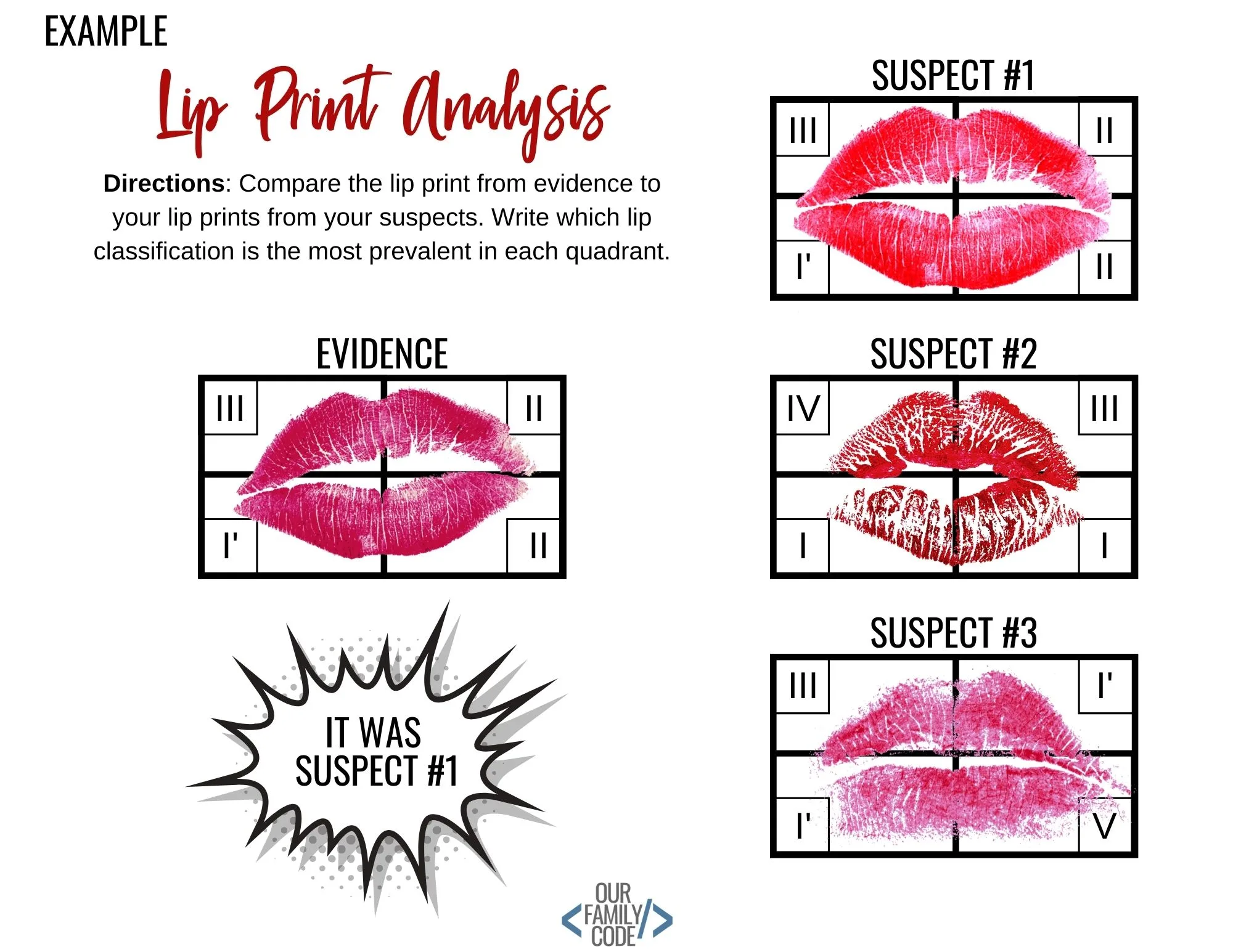
What lipstick did your lipstick thief use? Put samples of each of your lipsticks onto strips of coffee filters.
Use chromatography to separate the colors of your lipsticks. You will need to use acetone instead of water.
- Mark the starting position of your lipstick on your coffee filter strips.
- Place the strips in 1cm of acetone and let them sit for around 15 minutes.
- Remove the strips from the acetone and measure the distance that your acetone has moved up the coffee filter.
- Measure the distance each component of the lipstick moved.
- Compare your findings to your evidence and solve the case!
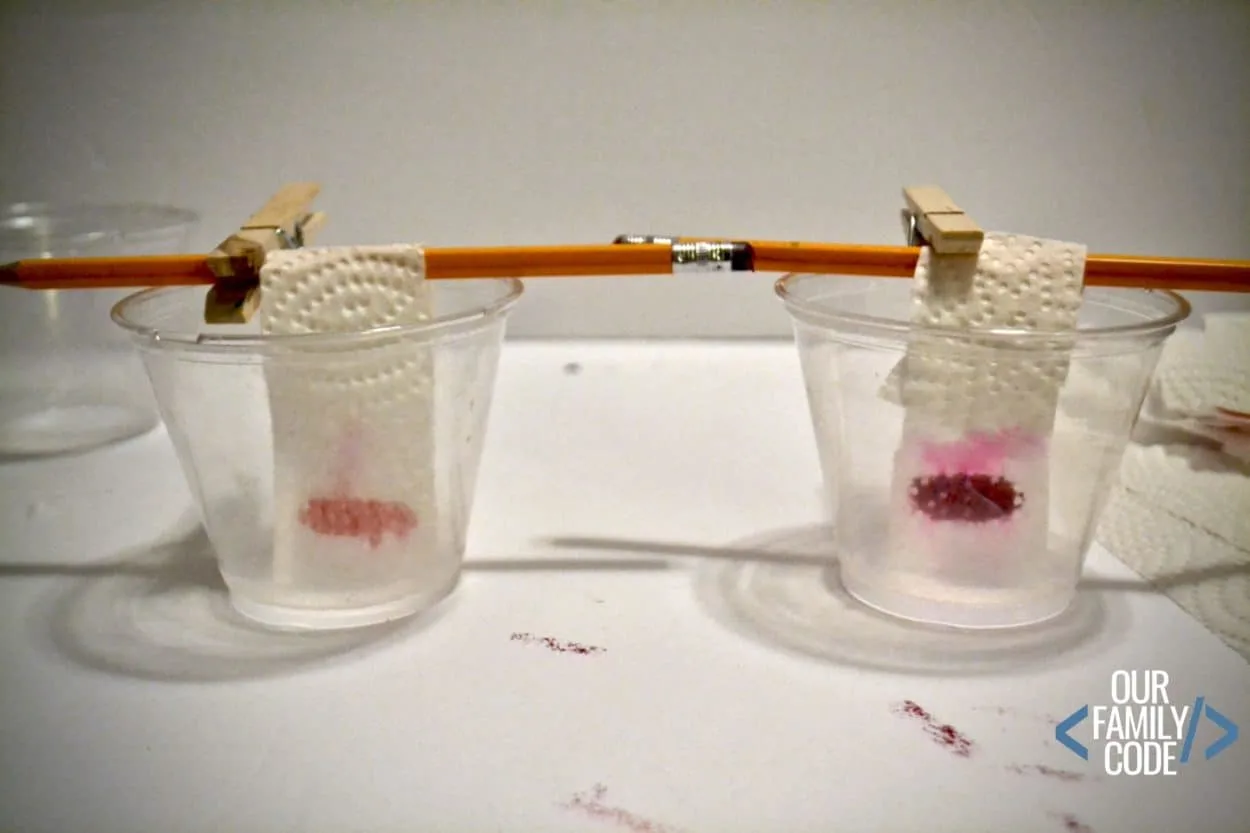
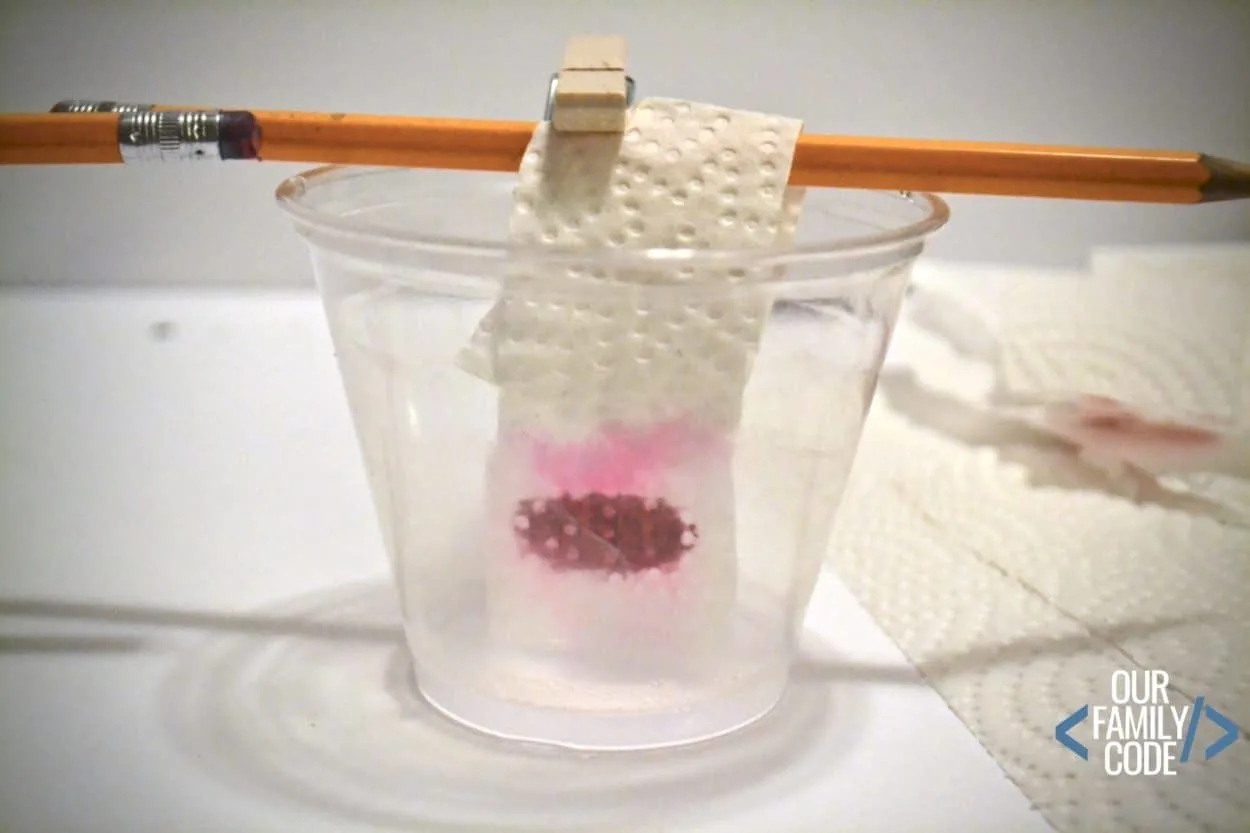
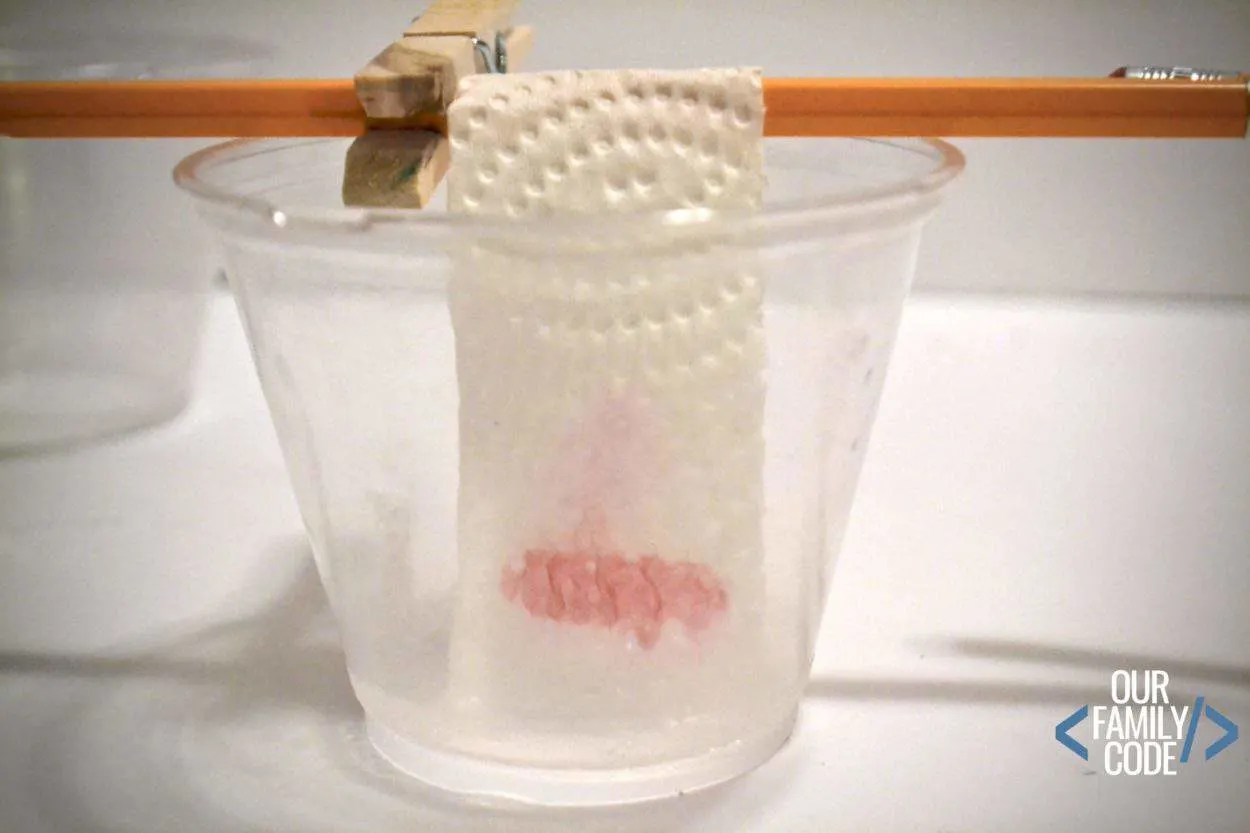
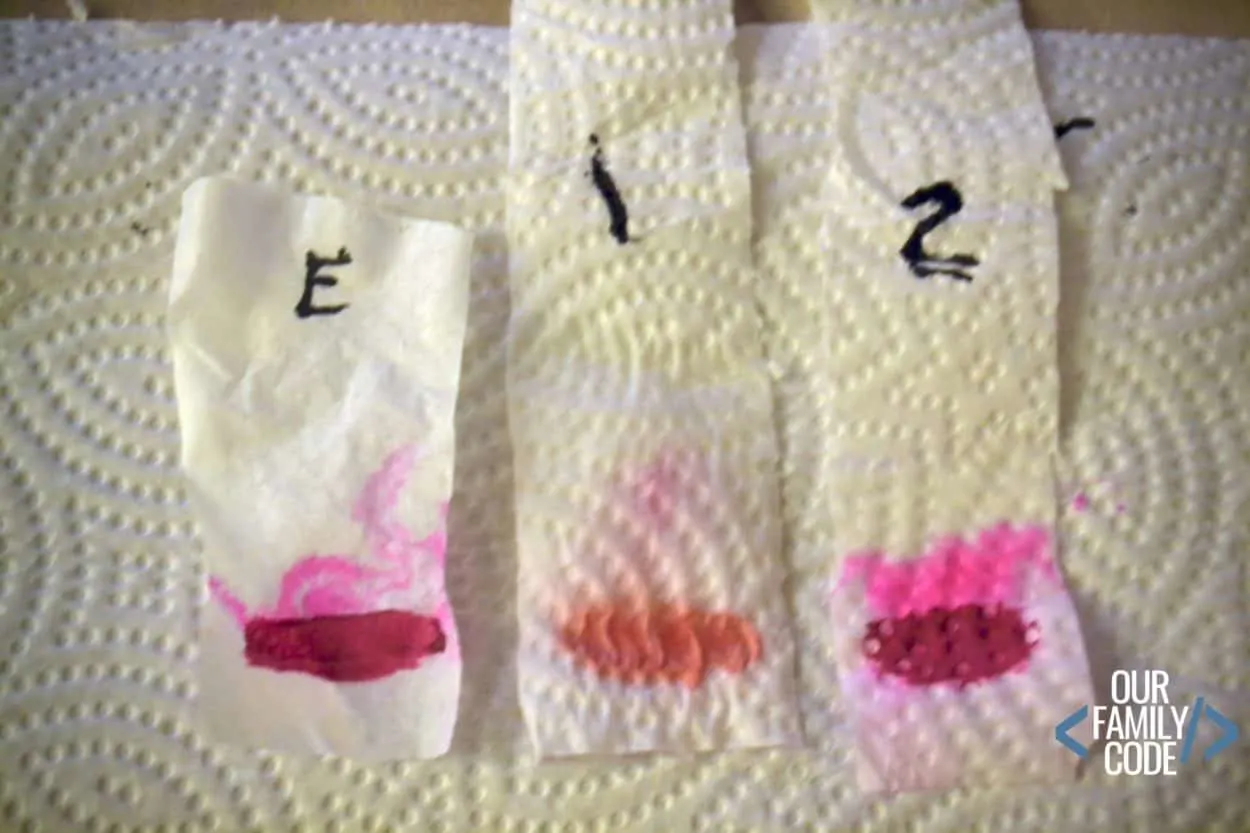
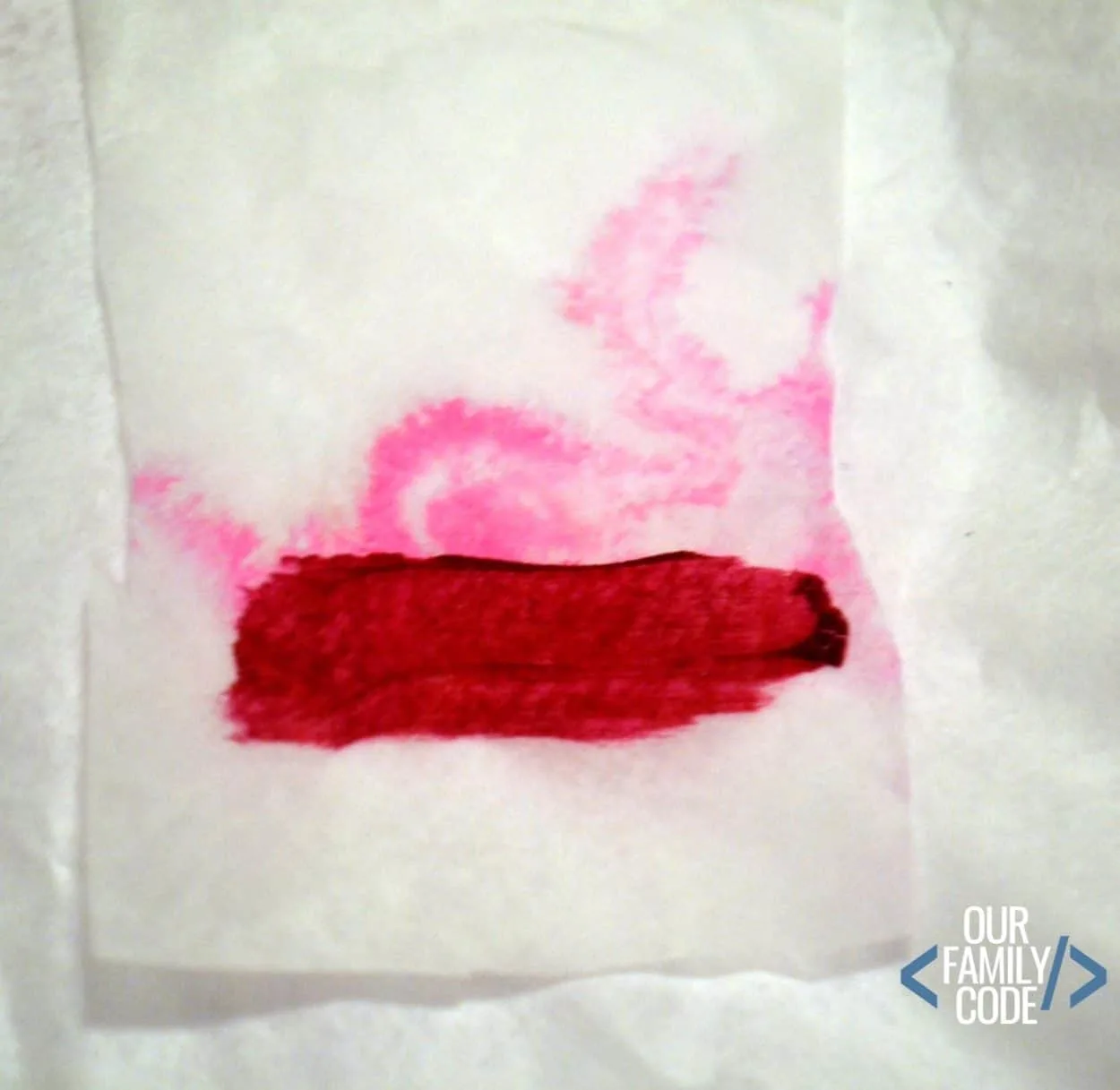
Side Note: In case you are wondering, Wet & Wild Liquid Catsuit can withstand being shot across a room on a balloon without a smudge. Pretty awesome if you love wearing lipstick and hate leaving lipstick on every surface that touches your mouth!
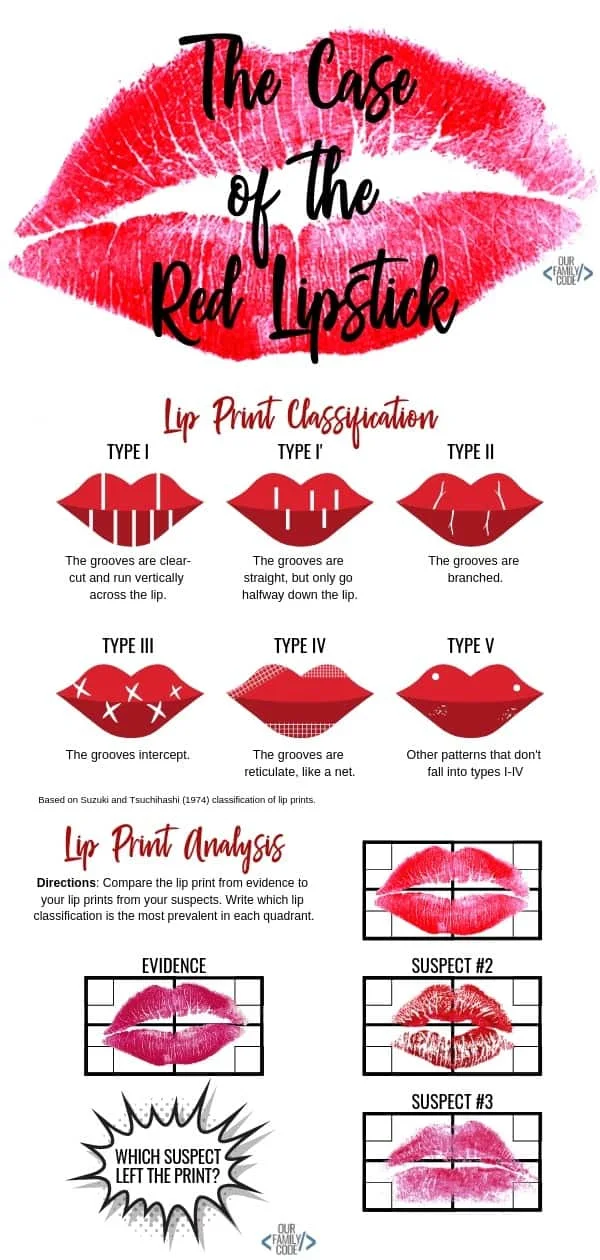
Want to connect this lip print STEAM forensic science with other STEAM buckets? Check out these extensions!
Science
This activity is primarily science based! Forensic Scientists analyze lip prints and fingerprints to identify people and understand what happened at crime scenes.
Technology
Visit the FBI Kids website to learn more about the FBI.
Engineering
Try to figure out a way to drink from a soda can or glass without leaving any lip prints behind. Can you do it?
Art
Use your lip prints to create artwork with chromatography remember that you will need to use acetone as your solvent instead of water or rubbing alcohol!
Fold a coffee filter in half and mark it with your lipstick. Use chromatography to separate your lipstick color and then turn your coffee filter into a butterfly!
Math
Make lip prints on different surfaces. Then, sort your lip prints in order from best to worst. What surfaces gave really good prints?
What do these surfaces have in common? Look for correlations between the surface you used to gather the print and the quality of the print you see.
Some Books to Read with Your Activity
We love incorporating books into our activities. Here are some great books about forensic science to read with your activity!
- Science Stumpers: Brain-Busting Scenarios Solved with Science by Keegan Burmark and Kevin Brougher
- Case Closed?: Nine Mysteries Unlocked by Modern Science by Susan Hughes
- The Math Inspectors: Story One – The Case of the Claymore Diamond by Daniel Kenney
- The Most Magnificent Thing by Ashley Spires
- What Do You Do With an Idea? by Kobi Yamada
31 Days of Low-Prep STEAM Activities for Kids
This activity is part of our 31 Days of Low-Prep STEAM Activities for Kids. Every activity focuses on each of the buckets of STEAM (Science, Technology, Engineering, Art, & Math) although these integrated projects fit in more than one bucket.
You and your kiddos are going to love all of the activities that we have in store! Visit the 31 Days of Low-Prep STEAM Activity hub and pin it, so you can come back and visit it daily!
PIN THIS IMAGE TO SHARE THIS LOW-PREP STEAM ACTIVITY!
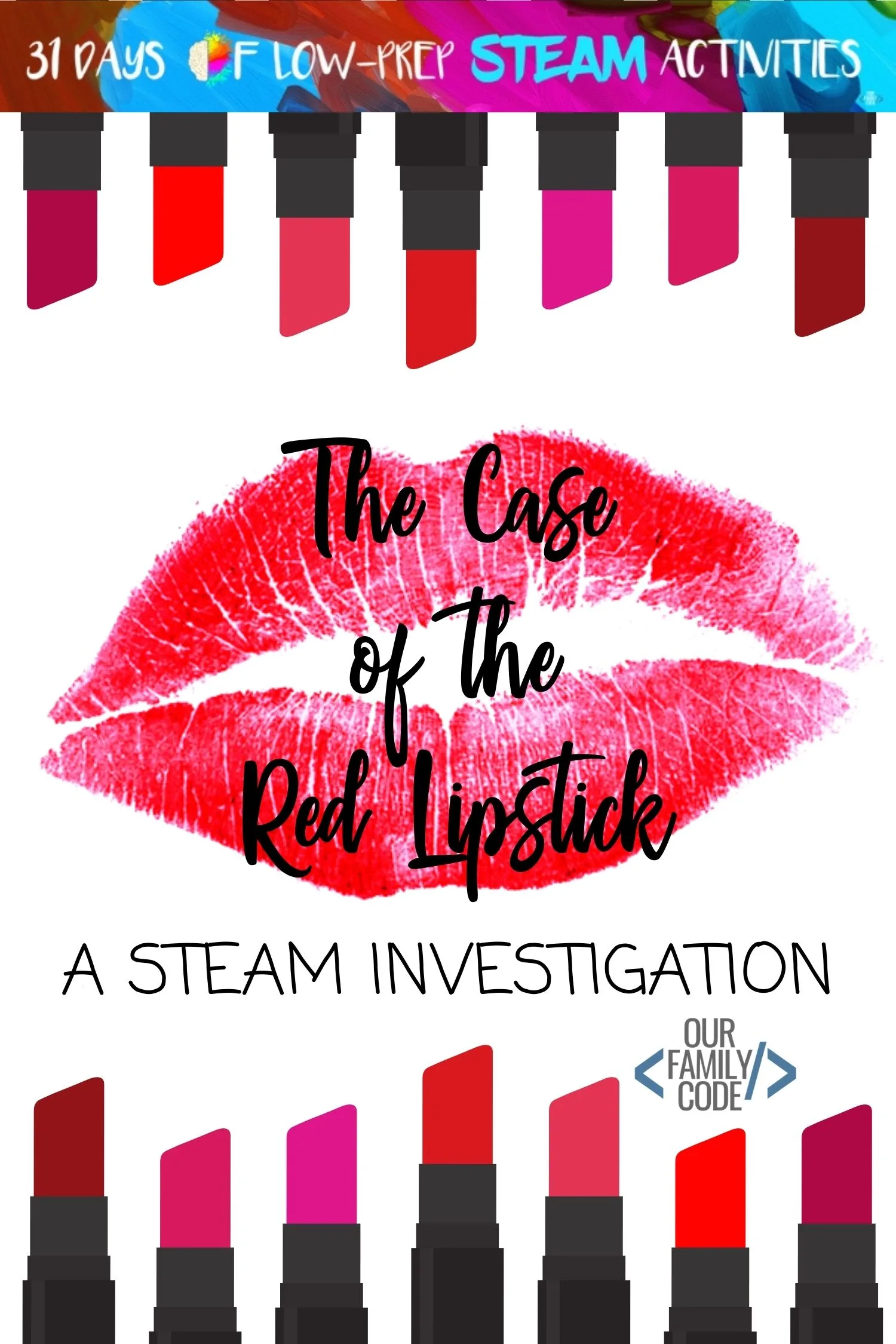
STEAM Forensic Science Activities
Find more forensic science STEAM activities for kids!
Family Fingerprint Science Investigation STEAM Activity
Learn the science of fingerprints & how they are used to identify people in crime investigations and conduct some family fingerprint science investigations!
Chromatography Experiment: Crack the Case STEAM Detective
Learn how forensic scientists use chromatography to solve cases with this fun low-prep STEAM detective chromatography experiment for kids!!
Meet Toni, the Maker Mom behind Our Family Code
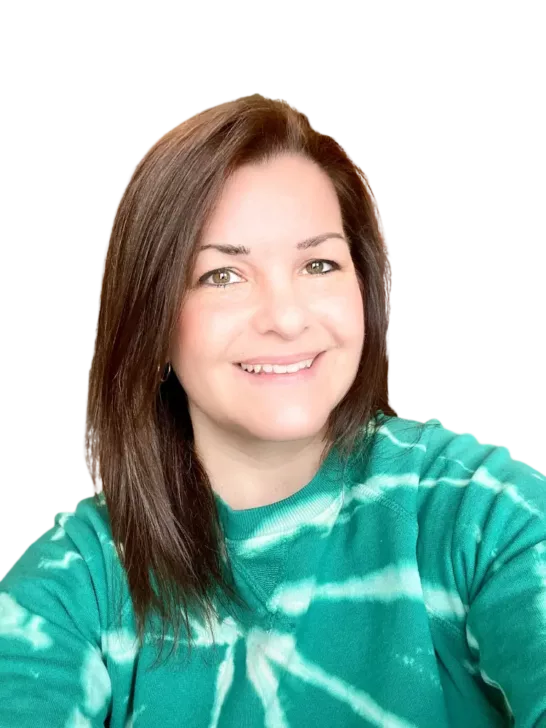
Hey there, I’m Toni! I’m a software engineer and Maker Mom that finds my joy in unleashing my children’s curiosity by exploring STEAM concepts with my fantastic five!
When I’m not chasing toddlers or raising tweens, you can find me tearing things up and putting them back together over here at Our Family Code.
I am the owner and content creator of multiple educational websites designed to increase access to STEAM & STEM education with a focus on teaching computer science and coding to kids of all ages!
You can also find out more about me by visiting ToniGardner.com!
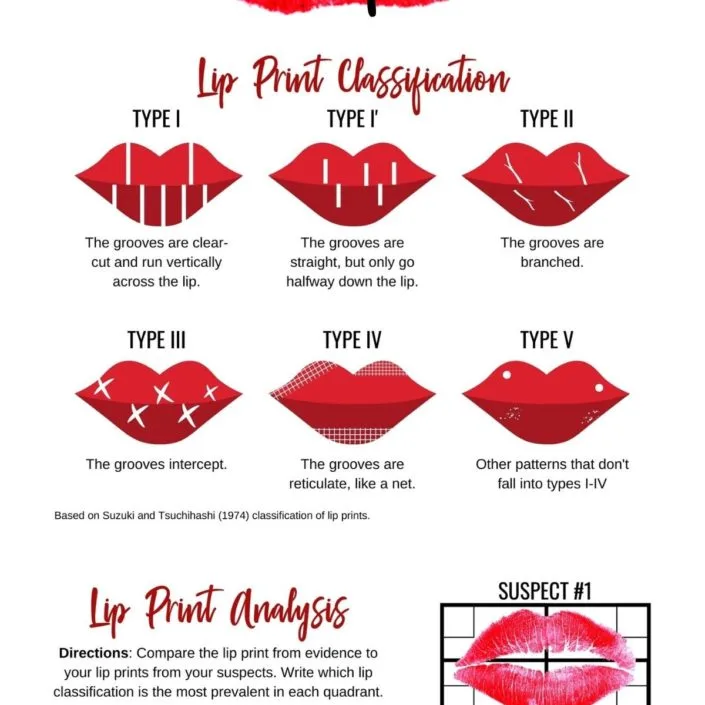
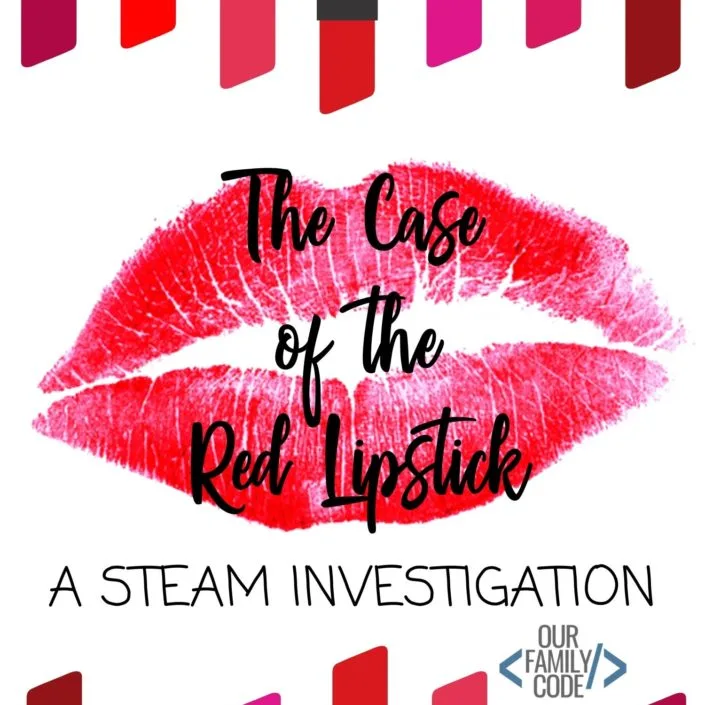
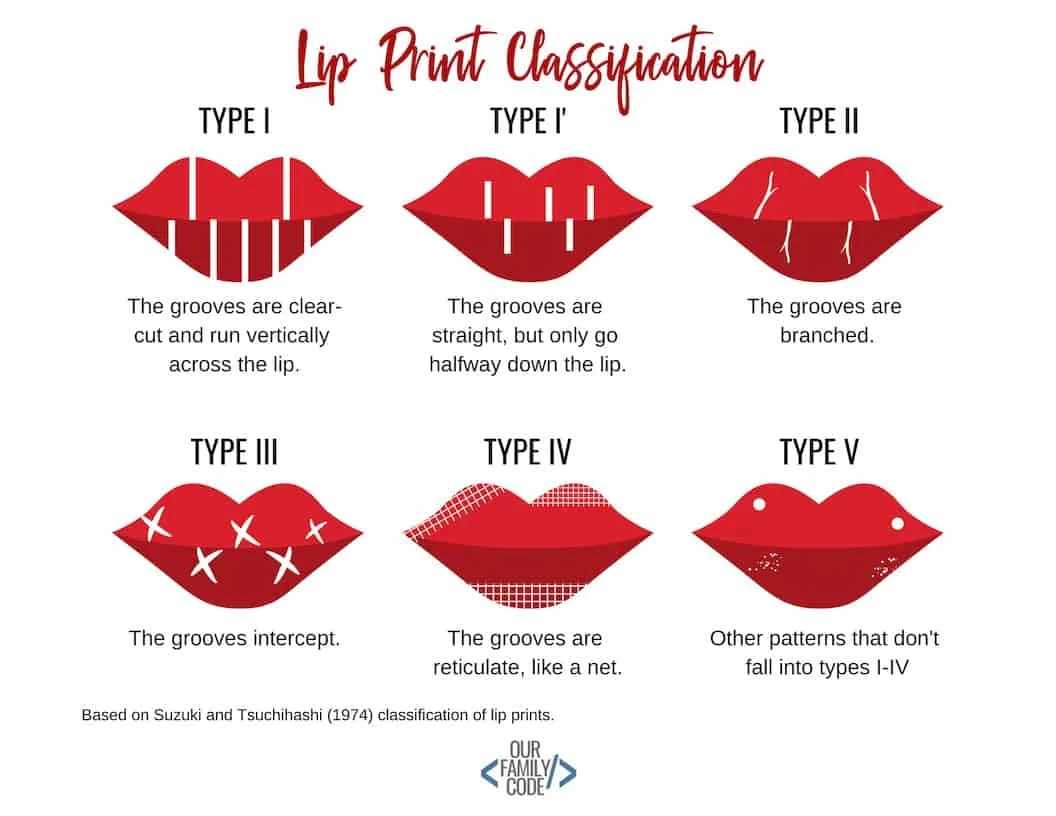
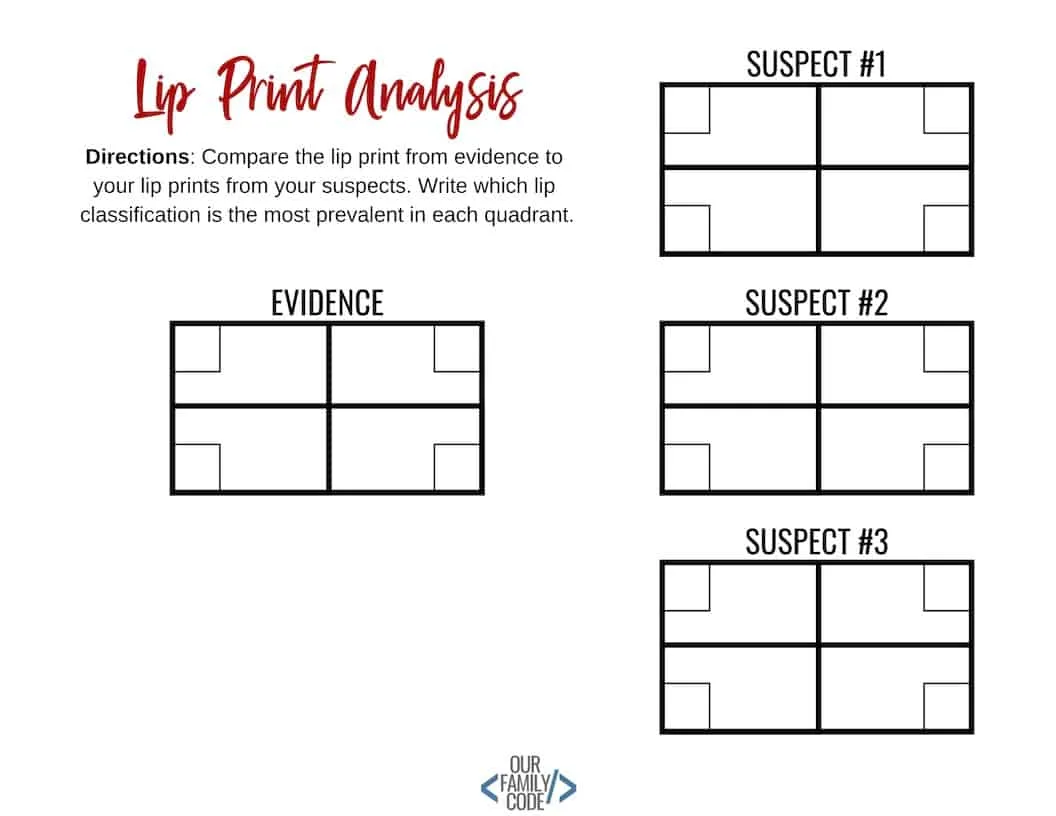
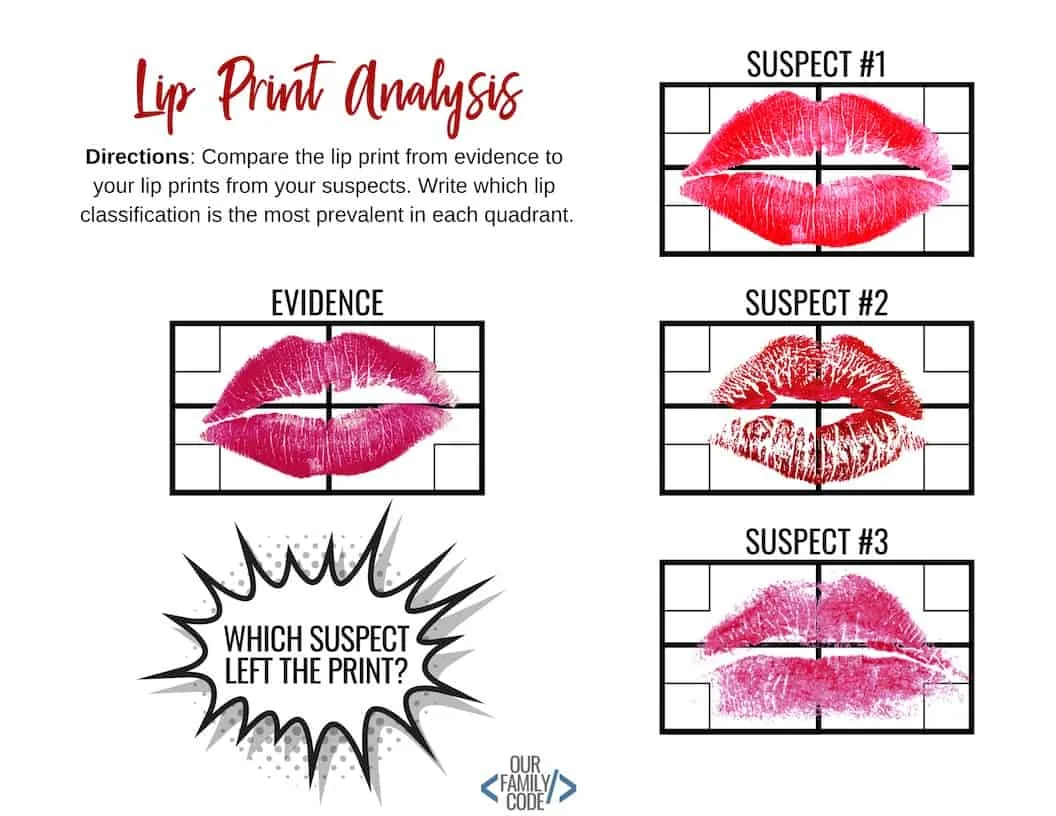
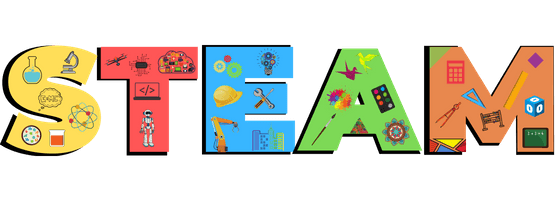

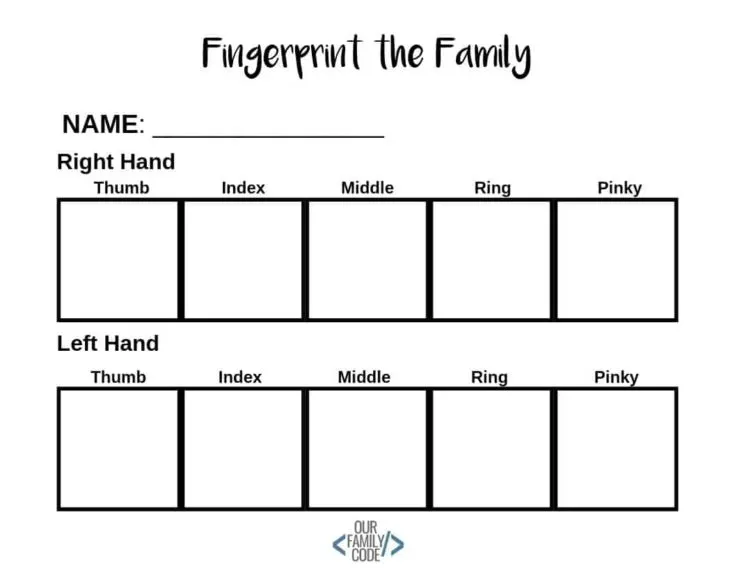
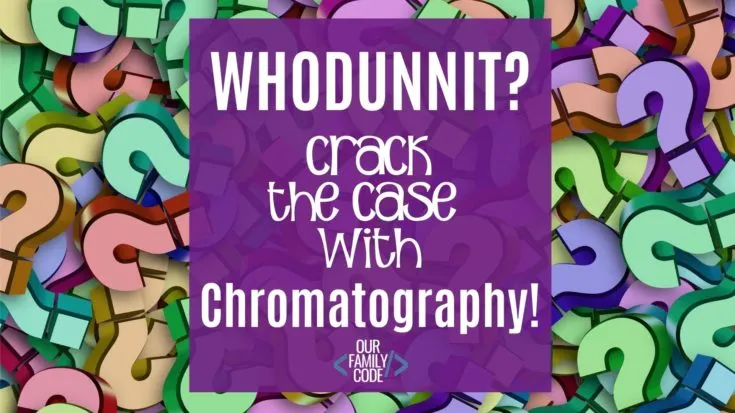
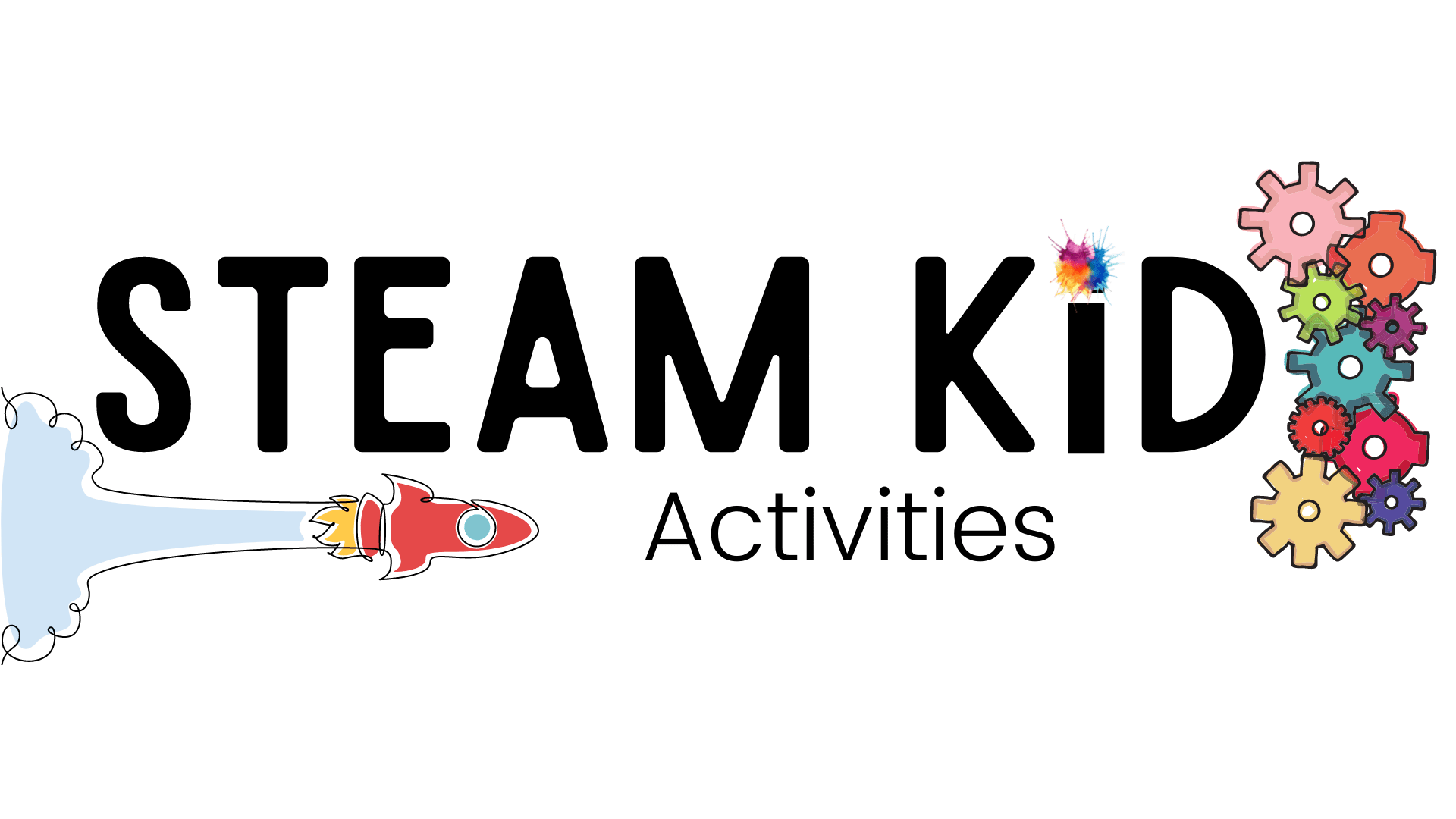

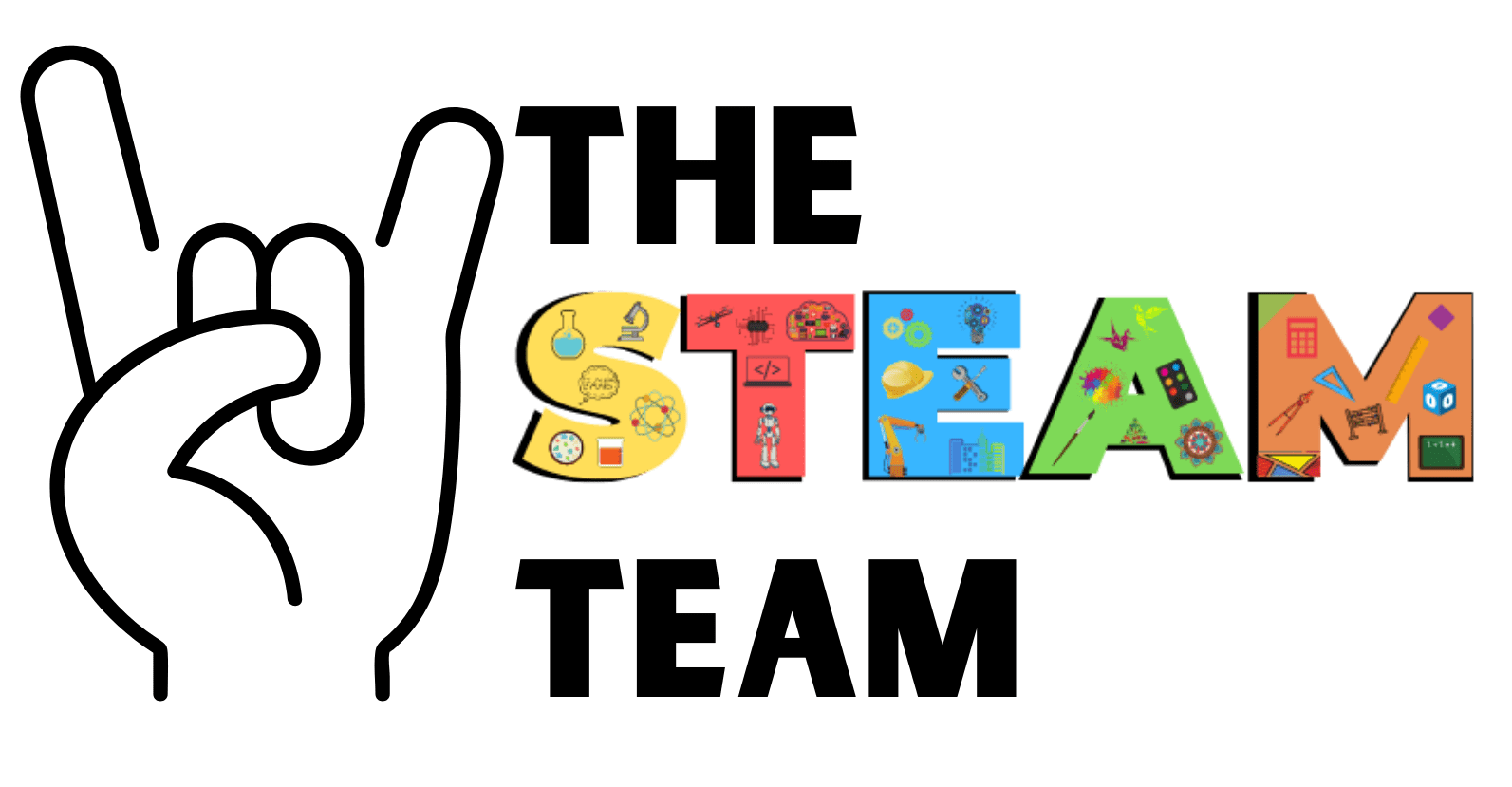



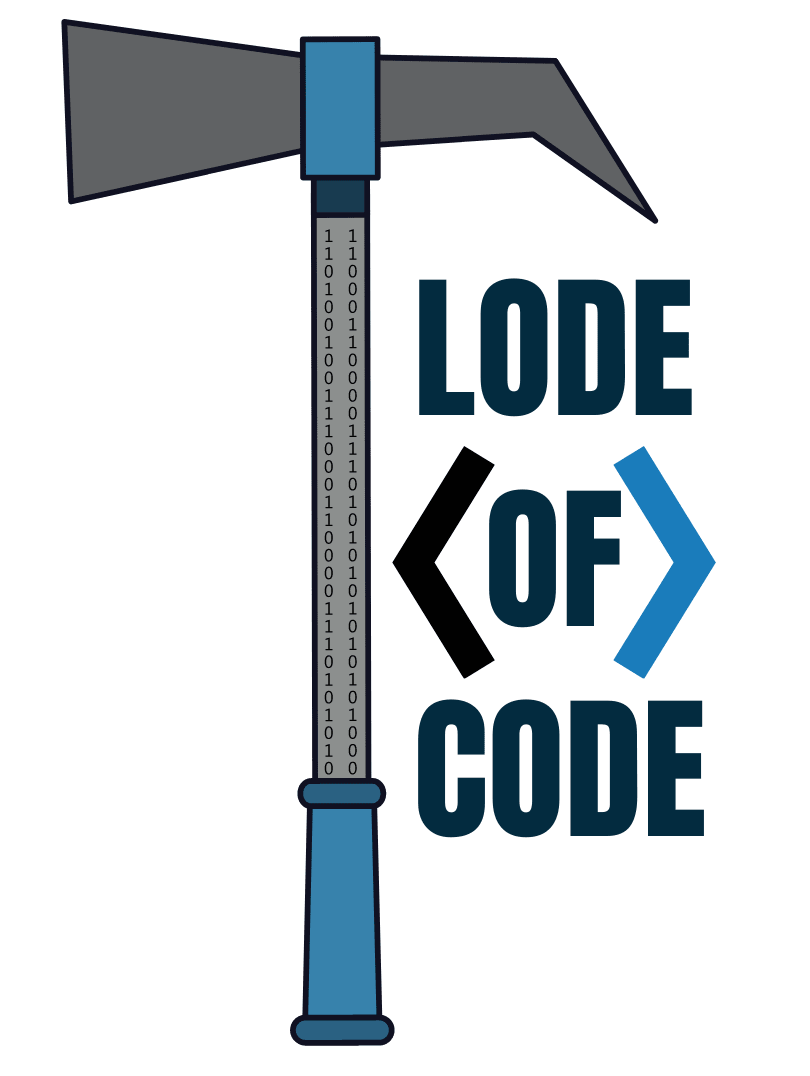
Laura
Friday 9th of August 2019
Hi Toni! I am a certified Lipsologist (I read lip prints) for corporate events and private parties. So I have analyzed hundreds of lip prints in my business. There's a great book called Lipsology The Art & Science of Reading Lips prints. You can get an electronic copy of it on Amazon for about $10. It is a fascinating book. Just wanted to say I like the way you used lipstick and investigating lip prints as a STEAM activity for girls. Good job. It's a great way to engage them in something that they are attracted to and familiar with.
Just to clear something up - if you take a piece of scotch tape and and take the prints off of a lip - those are going to be more like finger prints than if people make a series of kiss prints on the paper. Finger prints are always the same of the person and that's why they use them for forensics. However... No two lip prints are exactly alike of even of the same person. It has to do with the tension in our lips when we put lips to paper. It's like our handwriting is not always exactly the same. As a Lipsologist I always ask my subjects to make 2 or more lip prints on the paper when I'm doing a reading for them. If you do this, you'll see how varied lip prints can be and even the little marks in them.
Thoughtfully, Laura E. West Certified Lipsologist Dallas, TX
Toni
Friday 9th of August 2019
That's really great to know Laura! Thanks for the information! I might have to adapt this activity to include tape for older kids!